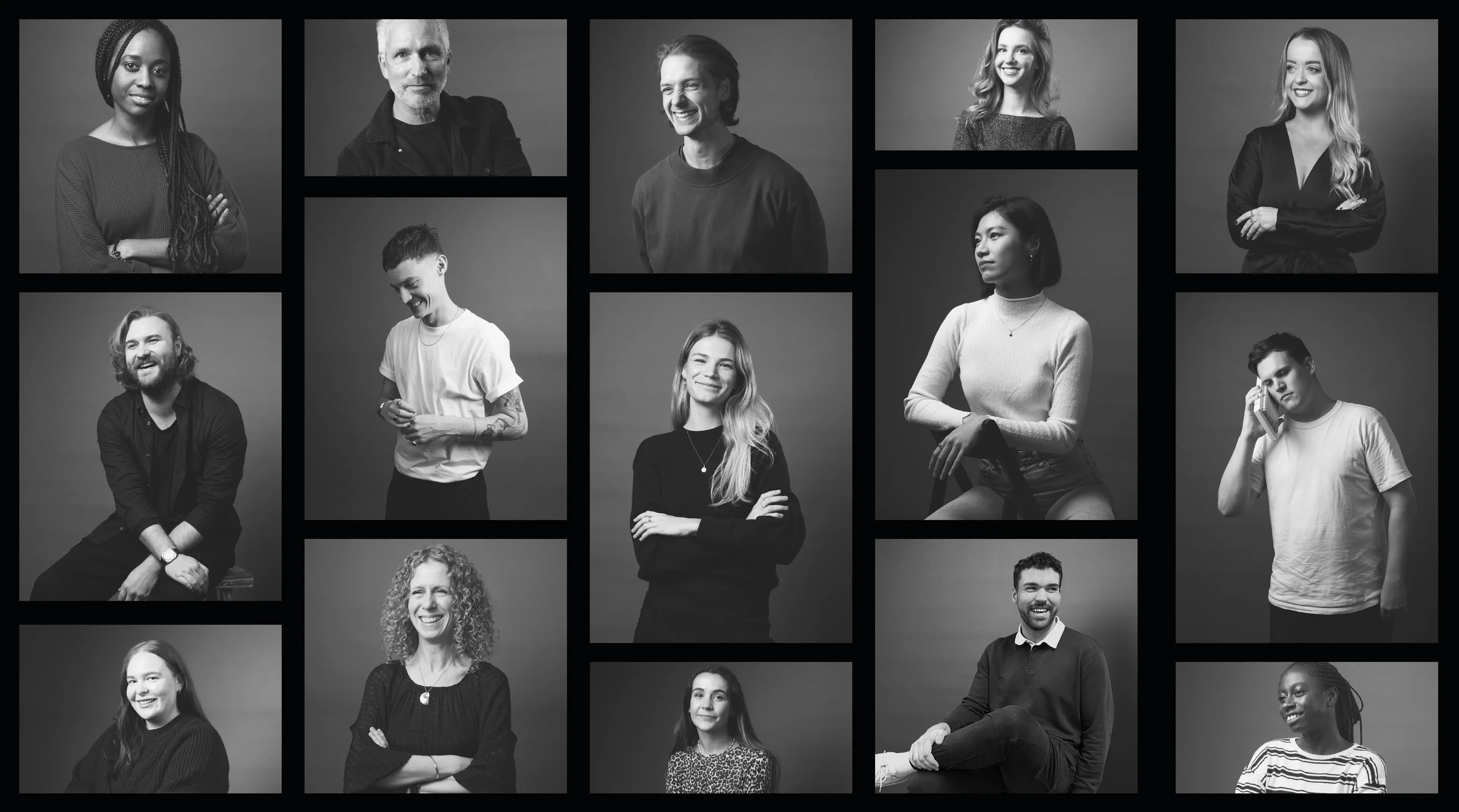
Tech & Innovation
1 Mar 2019
3 Min Read
The Art Of Thinking Big: The World Wide Web Turns Thirty
Thirty years ago on this day, a young Sir Tim Berners-Lee submitted an innocuous research proposal; ‘Information Management: A Proposal’
Tech & Innovation



